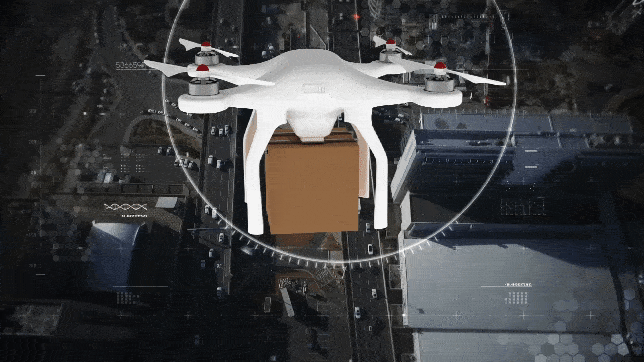
To be smart, the last mile needs robots
To be smart, the last mile needs robotsMore packages to be delivered, more vehicles delivering, more congestion in cities. Online commerce has boosted the volume of deliveries that consumers receive at home. This operational stress of the "last mile" has triggered innovations to transform this relationship into a sustainable coexistence. Drones. Robots. AI. Whatever it takes.

Last mile delivery represents 41% of the total cost of the delivery process. Operations that also include storage, sorting or packaging of goods or parcels.
This figure provided by the Deloitte and Cainiao 2023 Global Smart Last-Mile Logistics Outlook report illustrates the magnitude of something as simple and everyday as receiving a package at home. But which, in turn, faces several challenges, including the emissions generated by the current delivery model, and the need to introduce more innovation and technology to this process.
As the European Commission points out, last-mile delivery is responsible for 30% of urban traffic and 80% of rush-hour traffic jams. In addition to being annoying, they pollute, as delivery trucks also produce 25% of all carbon emissions related to urban transport and up to 50% of other transport-related pollutants.
Among the solutions proposed by the market are smart lockers, PickUp and DropOff (PUDOs) and autonomous robots, the latter of which is set to revolutionize the sector.
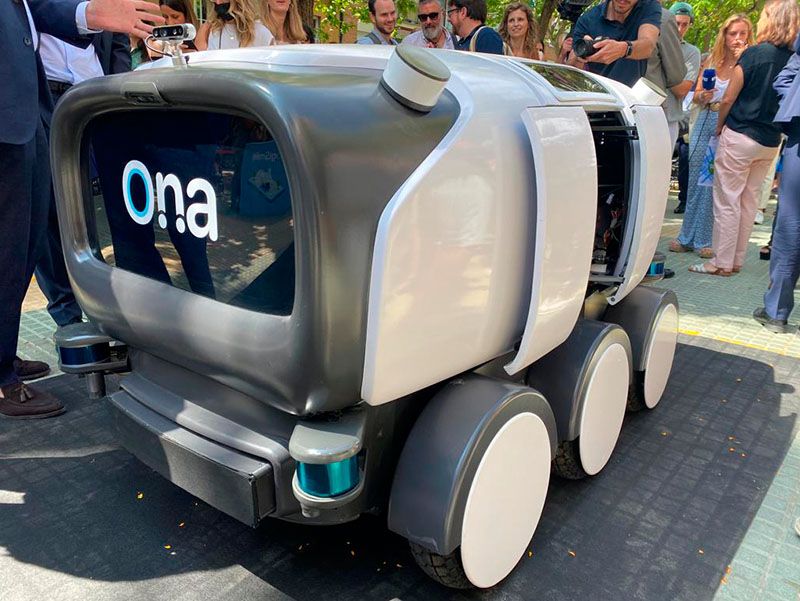
Delivery robots, by land and by air
According to the report Roadmap per a la introducció dels robots d’última milla a Catalunya (Roadmap for the introduction of last-mile robots in Catalonia), a mobile robot is a mechanical device programmed to move without human intervention, which can make decisions and execute tasks without receiving external commands. They are equipped with sensors and navigation technology that enable them to deliver objects to specific destinations. In this way, they can employ machine learning algorithms to adapt to different environments and situations.
To Dr. Laia Pagès, Executive and Scientific Manager of CARNET and co-author of the report, the development of autonomous robots is interesting "to increase efficiency and accuracy in delivery and to free people from dangerous or tedious tasks. It is necessary, however, that this development is done while ensuring safety in public environments," she explains.
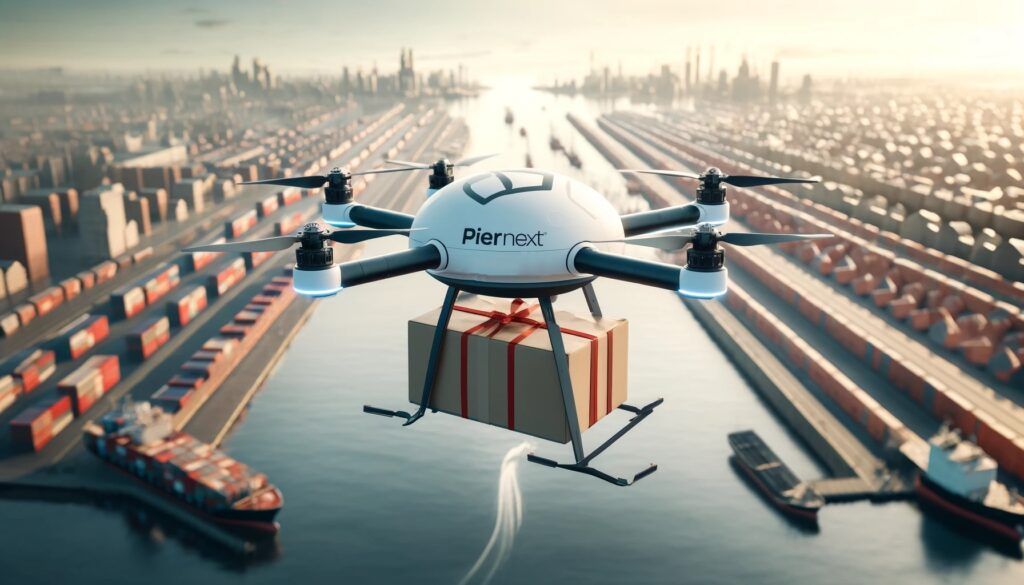
Technological development
Safety is one of the elements to be taken into account, but not the only one. There are others, such as technological development.
As with cars, robots are classified according to their level of autonomy, also ranging from 0 to 5.
They incorporate technologies such as camera, infrared, radar or lidar sensors; geopositioning through GNSS systems, GPS or digital road maps; the SLAM technique, used by robots and autonomous vehicles to build a map in an unknown environment and estimate their trajectory; and physical structures that allow them to travel efficiently on the streets, storage space to transport parcels, and energy sources to power them during travel time.
As part of the European last-mile logistics project, LogiSmile, which is led by CARNET, in 2022 was tested in Esplugues de Llobregat (Barcelona) and in Debrecen (Hungary) a prototype of an autonomous last-mile robot called Ona, which traveled 500 meters in urban space and ran parallel to a streetcar.
This year they have tested it in Germany, where Ona delivered a package and interacted with another robot developed by NFF, the Automotive Research Centre Niedersachsen. "These tests are used to improve the navigation algorithms outside the laboratory, to test the interaction mechanisms with other road users and with the people receiving the parcels. For example, we tested an application that notifies the user of the arrival of the package at home so that the recipient can open the robot's door and pick it up," Pagès explains.
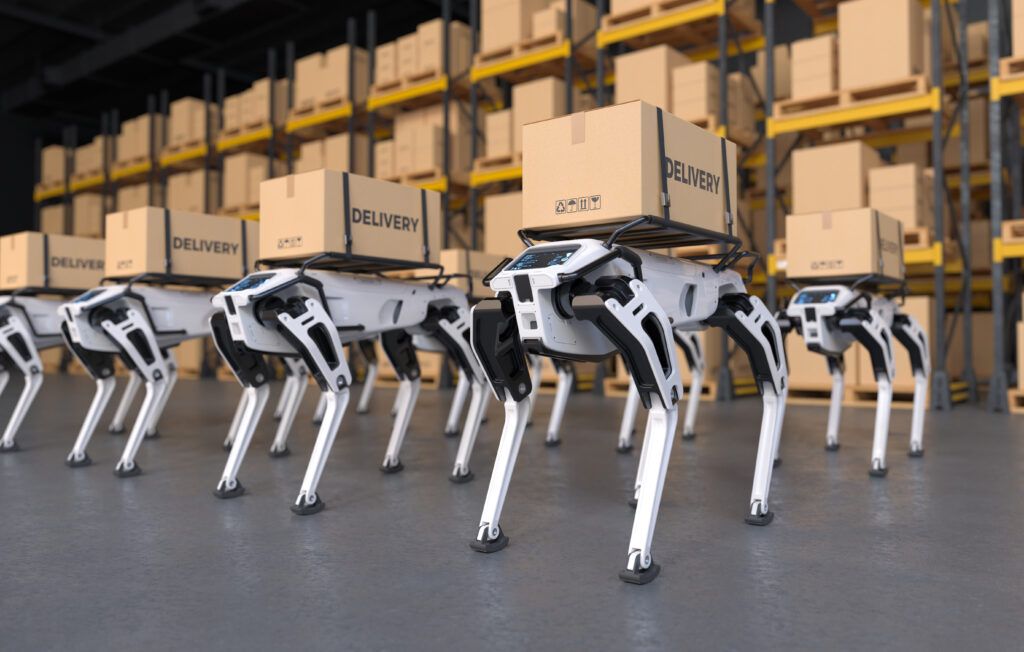
Infrastructure
Another element to take into account. Because in order to facilitate the navigation of the robots, it will be necessary to introduce aspects or improvements in the urban network and to carry out an adequate maintenance of the following elements:
- Autonomous robots will share space with other users already on the road network. The regulation will have to consider whether they will do so:
- by road: then it should be adapted to the change of track between road and sidewalk;
- by the lane for bicycles : the dimensions of the robots would have to be restricted;
- or on the sidewalk: which should be extended on some routes.
- Horizontal markings drawn on the pavement are particularly relevant and should be kept in good condition, as autonomous driving systems rely on their detection through LSS (Lane Support Systems).
- Regarding vertical signals, the CARNET report notes that to interpret and obey them, robots incorporate signal recognition systems based on computer vision cameras installed in the side mirrors. One aspect to improve is that they currently have greater difficulty in performing visual recognition of signals containing text.
- Another interesting element is intelligent traffic lights, which have already been pilot-tested for their ability to communicate with robots. They can be programmed so that phase changes adapt to the presence of robots on the roads.
The CARNET report points out that the biggest challenge is crosswalks, as these users are the most vulnerable in the event of a collision. Their detection must be performed both by the robot and the infrastructure itself, through short-range communications, such as the DSRC-G5 system, which is interesting thanks to its latency and message conciseness.
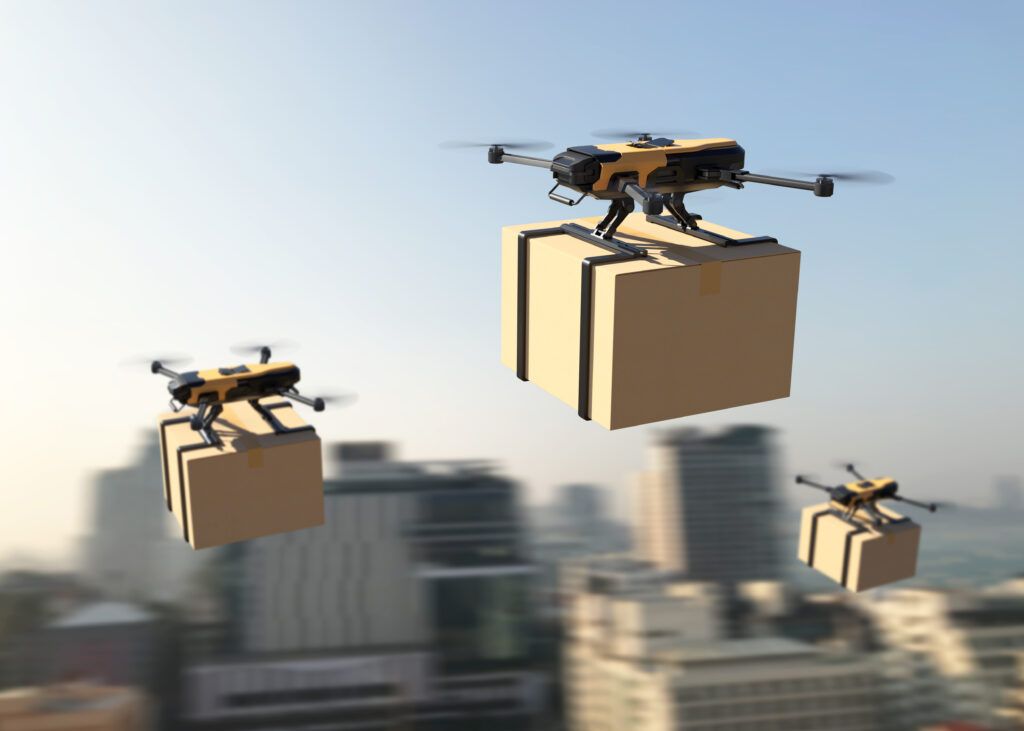
The regulations
Technology and infrastructure go hand in hand with regulations, which vary from country to country.
- In Europe, the legislative framework authorizing pilot tests and their use is the main factor limiting the large-scale deployment of autonomous last mile solutions in the EU.
- Some countries allow testing of autonomous vehicles if a person takes control of them if necessary, such as Estonia, Austria and Poland.
- Lithuania, on the other hand, has adopted a more permissive stance. There, driverless autonomous vehicle testing is possible and encouraged to attract technology companies and allow them to test and deploy solutions on its territory.
- In the United States, the situation is very different. The Deloitte report explains that since 2017, several states have passed laws regulating the circulation of unmanned delivery vehicles for which a test license needs to be applied for under the relevant regulations. In case of large-scale deployment, an exemption application has to be submitted to the U.S. Department of Transportation's NHTSA.
In 2022, this department published the Passenger Protection Regulations of Driverless Cars, to further drive the development of vehicle automation and the popularization of commercial applications.
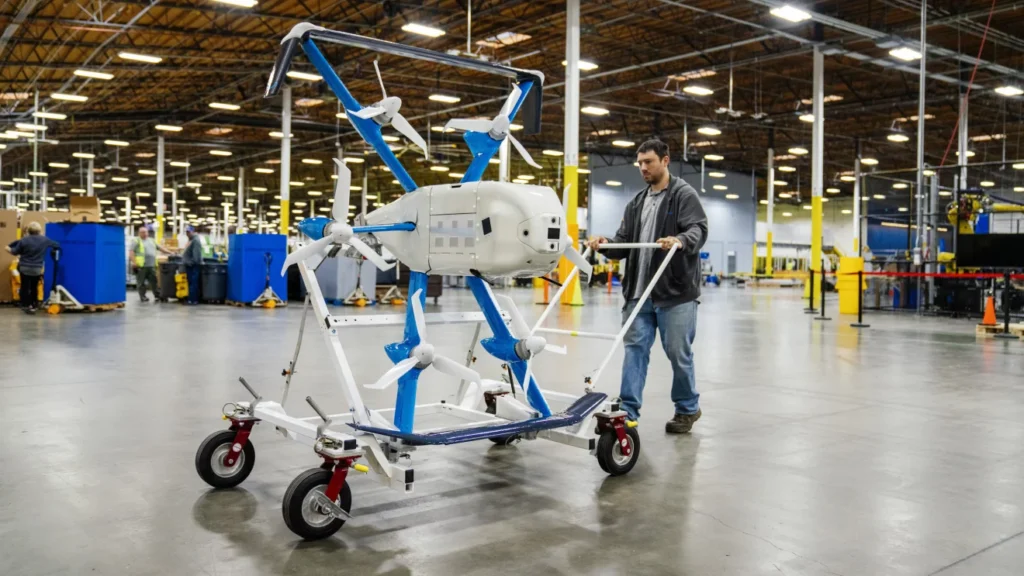
Which countries are leading the way?
The report published by CARNET points to the clear superiority of the United States over other countries in terms of the development and number of delivery robot companies.
"The United States leads the market because it has world-class technology centers, talent and is a country where failure is much more accepted than in Europe," says Dr. Pagès.
Thus, companies such as Amazon and Walmart (see video below) already make deliveries with drones in some U.S. cities. The first announced at the end of last year that from the last quarter of 2024 it will do the same in Italy and the United Kingdom. In total, there are six companies already operating in the country, and another four are piloting.
In Europe, Pagès points to Germany, "given its position of business leadership" and, especially, "for having the most powerful automotive industry on the continent".
In 2019, several German government departments jointly launched the Logistics Innovation Program 2030 that includes pilot projects for remote-controlled delivery robots on open roads to ensure that land-use planning and spatial planning tools can be adapted to the needs of last-mile delivery.
Deloitte also includes France. In 2021, the Gallic country proposed a strategy for the accelerated development of green and smart logistics and will allocate €200 million to the construction of automated, interconnected and low-emission transport infrastructures, and another €90 million to the construction of logistics 4.0 projects, reinforcing the construction of hardware facilities for delivery robots and drones.
In the meantime, pilot programs to test delivery vehicles are being launched in various parts of the world. This was recently the case with Uber Eats in Tokyo, or the test of pizza delivery by an autonomous robot that the Canadian company Magna launched in New York (video below).
In conclusion, Dr. Pagès believes that ports can become very interesting places to improve this final stage of delivery and, therefore, can have a positive impact on the entire logistics chain.
"Many times, in research we focus on the last mile because it allows us to evaluate the implementation of technology in environments where it interacts with citizens. Definitely, other scenarios of use can be considered and, in this sense, ports are very interesting, since their internal mobility regulations would make it possible to use them, not only in the final delivery, but at other points in the supply chain," he points out.
Ports such as Rotterdam, Hamburg and Antwerp-Bruges already use drones, although these are used for operations such as dock management, surveillance, infrastructure inspections, detection of spills and floating debris, and to support security teams during incidents.
Robots are also common in port logistics for tasks such as sorting goods and placing them where they belong in the port itself.
The automation of vehicles of various sizes and of certain logistics processes continues at a crossroads, driven by technology, necessary for the environment, but with the handbrake of legislation still in place.
The future that promises the coexistence of humans and machines is getting closer every day, although there are still several chapters to go before the outcome is known.



